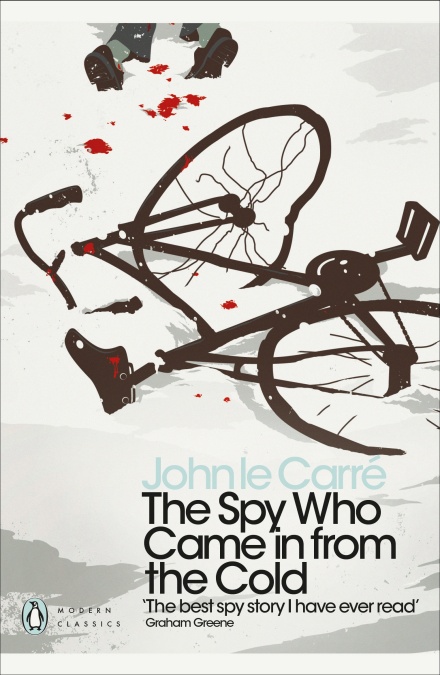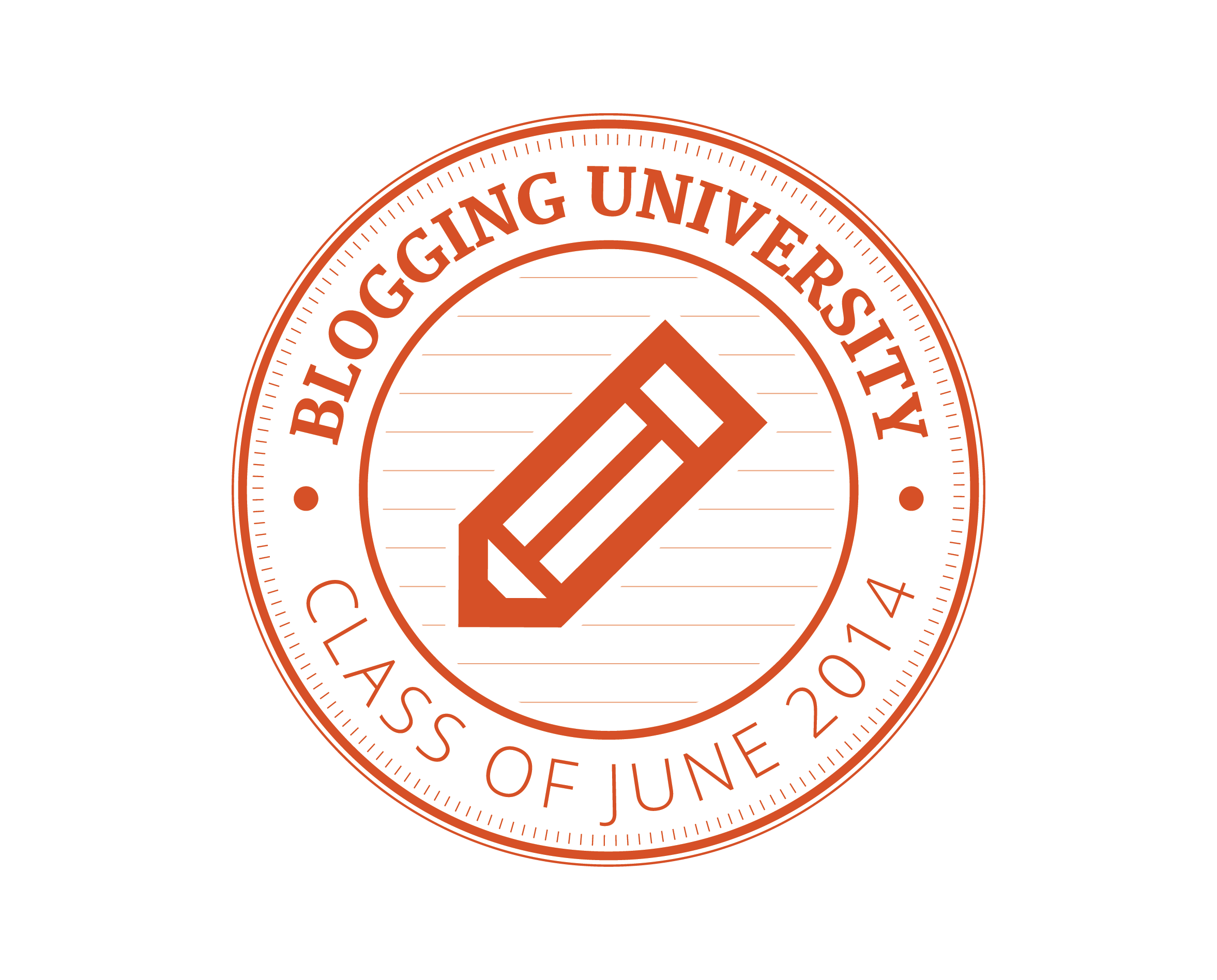Book Review – The Spy Who Came in from the Cold – John le Carre

Facts:
Book: The Spy Who Came in from the Cold
Author: John le Carre
Genre: Mystery / Crime
Year of Release: 1963
Read 219-page paperback edition in January 2019
Book Description:
Considered one of the first modern spy novels, this fast-moving story takes us in front and behind enemy lines, following the former British spy Alec Leamas, who has decided to defect to the Germans/Russians during the Cold War. Or so he wants them to think. In reality, he is on his last mission, before he can finally “come in” and retire for good.
But this is a complex and multi-dimensional mission, that is going to be extremely dangerous for him to get out of.
Book Review:
This was an intense crime novel that truly did change the way people thought about spies and espionage. John le Carre has done a great job writing a novel about two morally ambiguous spy agencies. There is not necessarily a “good” and a “bad” side. There are good and bad people on both sides, and in both agencies. And both sides engage in questionable behaviour and even questionable ethics to try and achieve their ends. The success of this novel was in bringing some of these themes to light in a thought-provoking way
The author did a nice job bringing to life several main characters who had various unique and interesting traits, positive and negative. Although at times the book did feel a little bit sluggish, and it did feel we didn’t learn quite enough about some of them, there was big payoff at the end when we learned a lot about a few of them, and when we saw the plot unfold completely.
Similarly, although at times the reader may have been a bit confused about the plot and some of the finer details being discussed; and although at times some of the characters were doing a lot of speeches and talking and there was less in the way of action; overall the ending chapters were a great pay off to explain what was going on and provide some key action and excitement for the readers. It also helped clear up any confusion that may have been present
One point to keep in mind, and this was a product of the time the book was written in, was that the cast was mainly white males (likely straight), and the couple of females in the book were not necessarily strong characters. This lack of diversity was annoying, but again may have been a sign of the times when this book was written
Overall, this was an enjoyable and historically important book in the development of today’s spy novel.
Overall: 4 stars out of 5 stars







